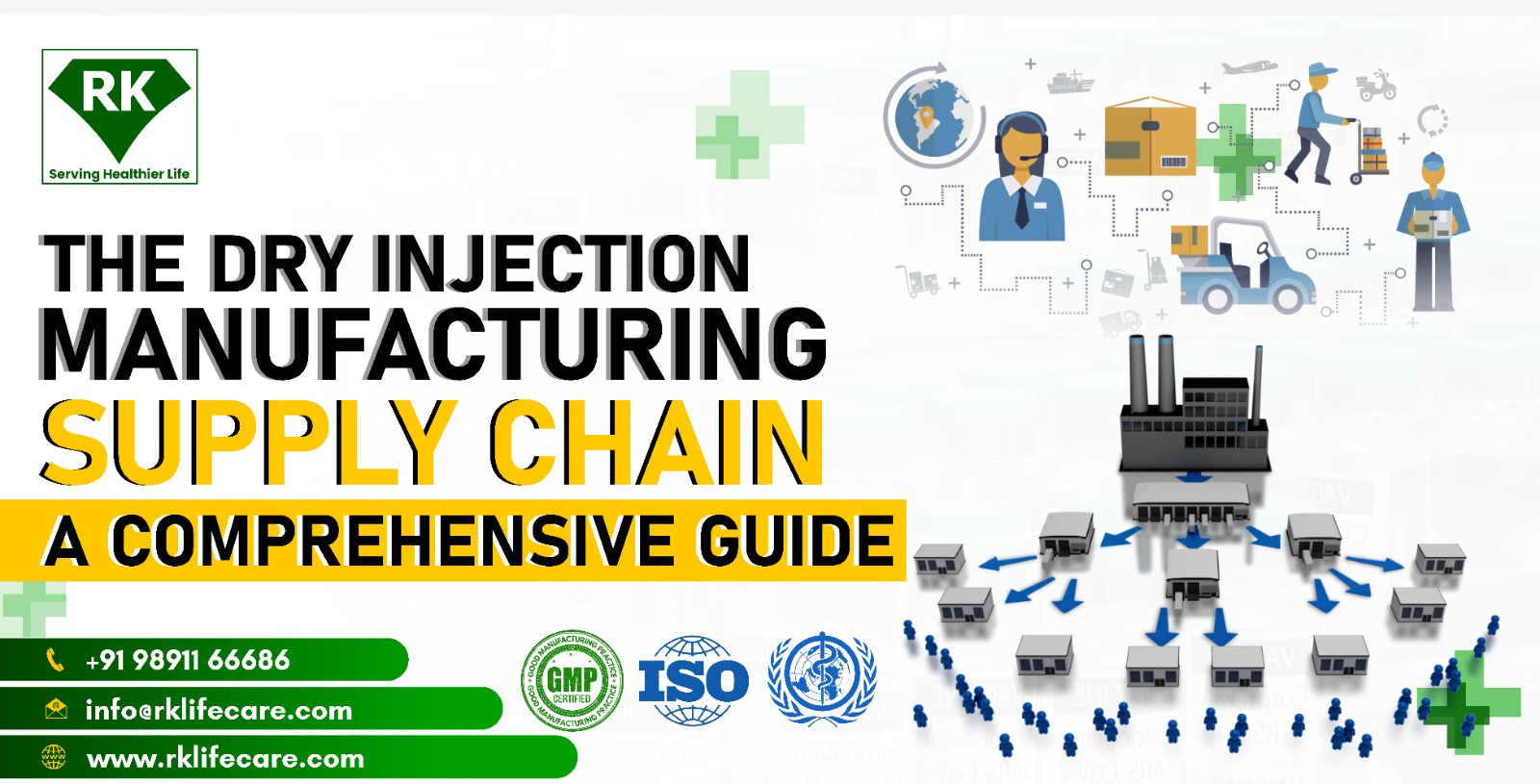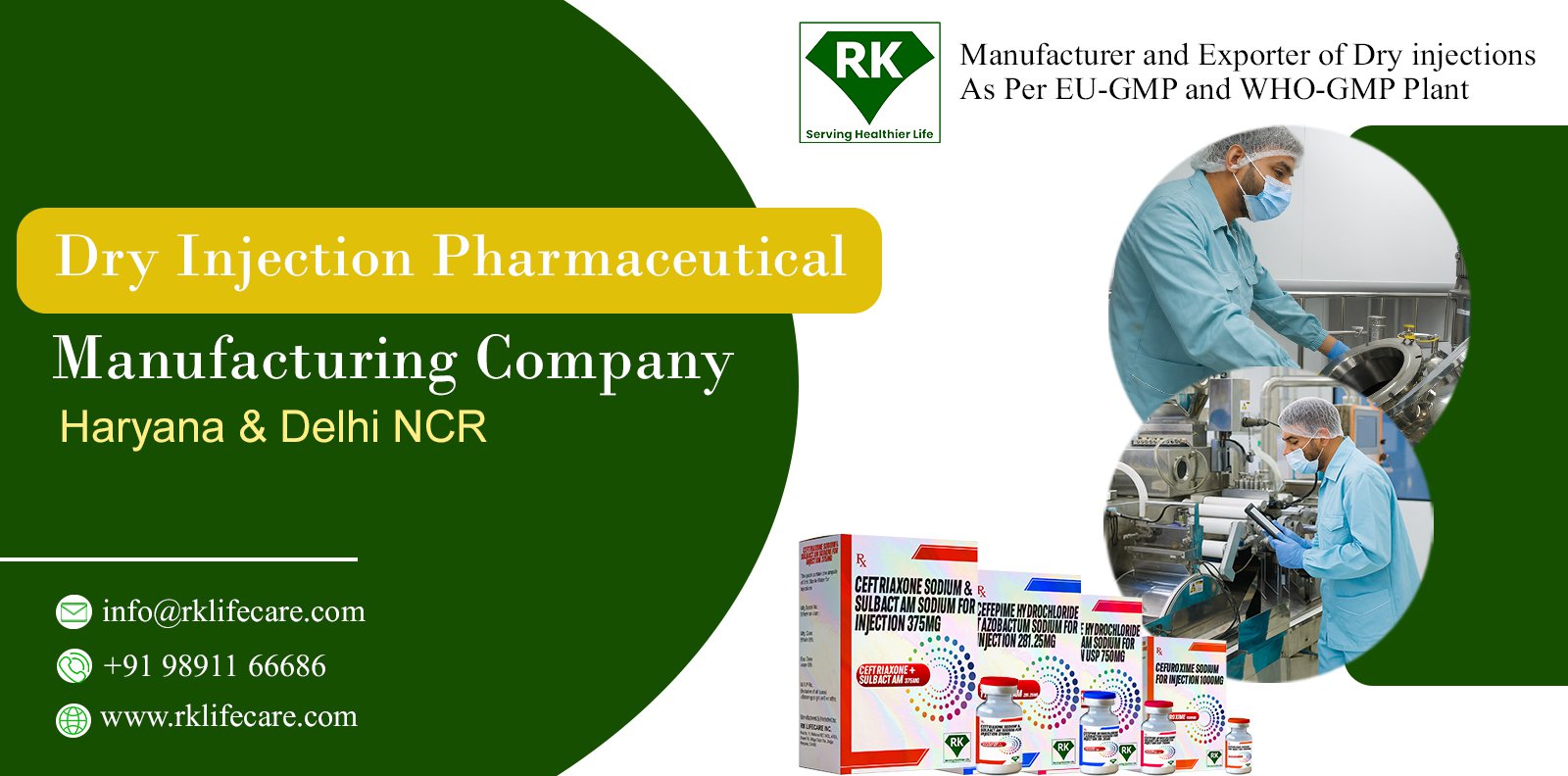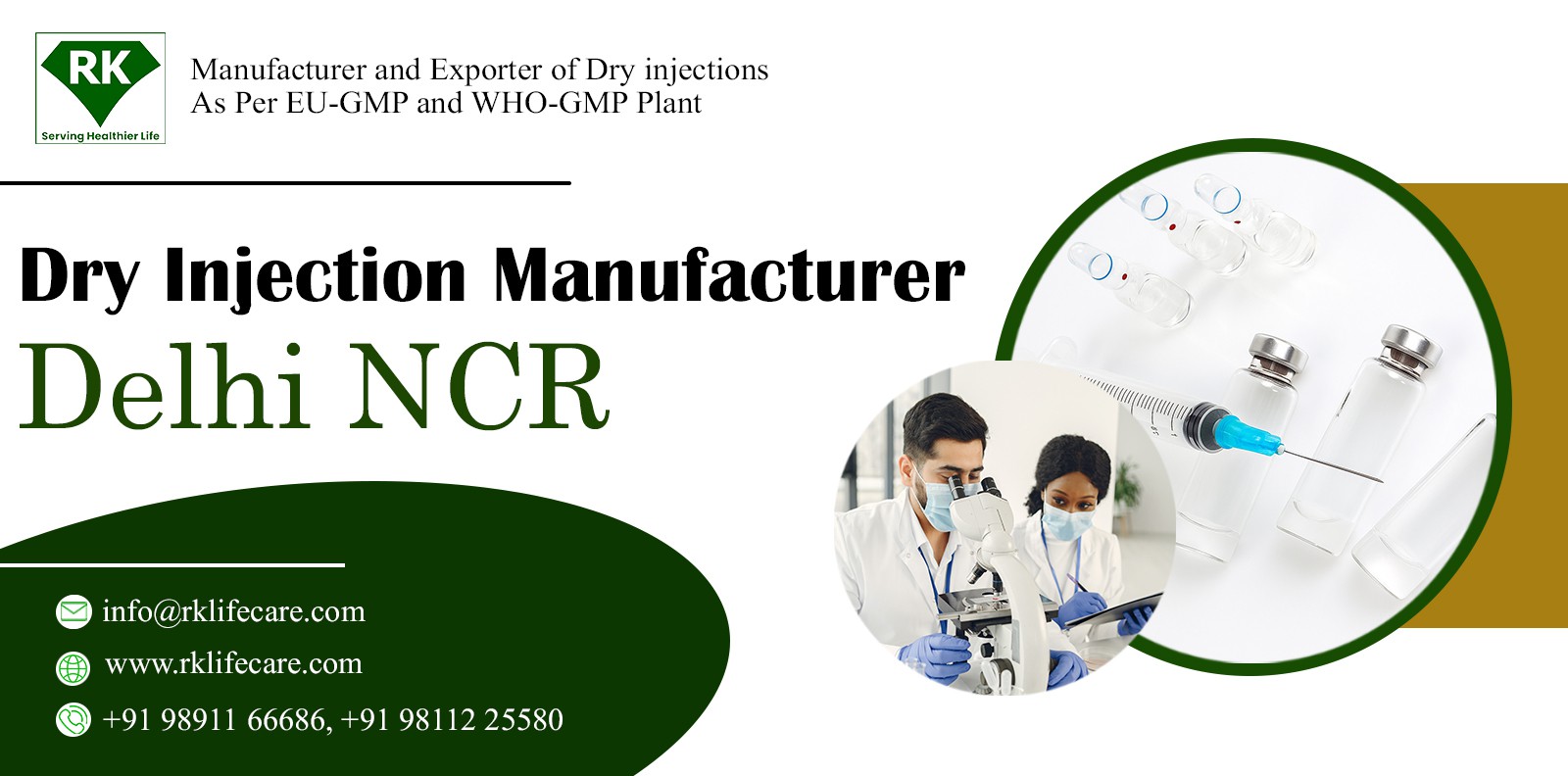
Introduction to the Dry Injection Manufacturing Supply Chain
The pharmaceutical industry relies on a complex supply chain to ensure the production, storage, and distribution of life-saving drugs. Among these, dry injections play a vital role in medical treatment, offering benefits such as stability, long shelf life, and ease of transportation. Understanding the dry injection manufacturing supply chain is essential to ensure seamless operations from raw material procurement to final distribution.
Understanding the Dry Injection Supply Chain
The dry injection supply chain involves various stages from sourcing raw materials to delivering finished pharmaceutical products to healthcare facilities. Unlike liquid injections, dry powder formulations require special handling and manufacturing processes to maintain their efficacy and sterility. Every stage of this supply chain is governed by stringent regulatory standards to guarantee product safety and effectiveness.
Raw Material Procurement in the Dry Injection Manufacturing Supply Chain Process
The dry injection manufacturing supply chain process begins with sourcing high-quality raw materials, including active pharmaceutical ingredients (APIs) and excipients. These components must adhere to global quality standards such as good manufacturing practice (GMP) and good distribution practice (GDP). Key players in this stage include API manufacturers, excipient suppliers, and regulatory bodies overseeing quality assurance.
Manufacturing Process in the Dry Injection Supply Chain Process
Once the raw materials are procured, they have to go through several stages of manufacturing in state-of-the-art pharmaceutical facilities. The dry injection supply chain process includes the following steps:
1. Formulation Development
Pharmaceutical scientists prepare dry injection compositions by combining the API with appropriate excipients. The goal is to create a stable, bioavailable, and sterile powder suitable for reconstitution prior to administration.
2. Sterile Manufacturing
Since dry injections are given directly into the bloodstream, maintaining sterility is of utmost importance. Manufacturing takes place in a controlled environment using aseptic processing techniques to eliminate the risk of contamination.
3. Lyophilization (Freeze-Drying)
Lyophilization is a critical step in the dry injection manufacturing supply chain. It involves freezing liquid formulations and removing water through sublimation, thereby maintaining product stability and increasing shelf life.
4. Quality Control and Testing
Before packaging, the dry injection undergoes rigorous quality control testing, including:
-
Purity analysis
-
Sterility testing
-
Stability studies
-
Particle size distribution
-
Microbial limit tests These evaluations ensure that the product meets regulatory requirements and maintains its efficacy throughout its lifecycle.
Packaging and Labeling in the Dry Injection Supply Chain Process
Once the dry injection passes quality control, it moves to the packaging stage. The dry injection supply chain process includes special packaging methods such as:
-
Vial Sealing: Ensuring airtight closure to prevent contamination.
-
Labeling Compliance: Labels must include batch numbers, expiration dates, and regulatory information.
-
Secondary Packaging: Additional protective layers for safe transportation and storage.
Pharmaceutical companies must adhere to global standards such as the FDA (U.S.), EMA (Europe), and CDSCO (India) to ensure compliance and maintain brand integrity.
Storage and Distribution in the Dry Injection Manufacturing Supply Chain
1. Cold Chain Logistics (If Required)
Some dry injections require specific storage conditions to maintain their efficacy. While many remain stable at room temperature, others may require a controlled temperature environment during storage and transportation.
2. Warehouse Management
Pharmaceutical warehouses employ advanced inventory management systems to track stock levels, prevent shortages, and ensure first-in-first-out (FIFO) or first-out-first-out (FEFO) distribution models.
3. Global Distribution Networks
A well-established distribution network ensures timely delivery to hospitals, pharmacies, and healthcare providers. The dry injection manufacturing supply chain process involves collaboration with third-party logistics (3PL) providers, airlines, and shipping companies to efficiently reach global markets.
Regulatory Compliance in the Dry Injection Manufacturing Supply Chain Process
Regulatory bodies enforce strict guidelines to ensure that dry injection products meet safety and efficacy standards. Compliance includes:
-
GMP & GDP Standards: Good Manufacturing and Distribution Practices
-
Regulatory Approvals: FDA, EMA, CDSCO, WHO GMP certifications
-
Documentation & Traceability: Detailed records of sourcing, manufacturing, testing, and distribution
Non-compliance with these regulations can result in product recalls, fines, or legal consequences, making regulatory compliance a critical component of the dry injection supply chain.
Challenges in the Dry Injection Supply Chain
While the dry injection manufacturing supply chain is highly efficient, it faces several challenges, including:
-
Supply Chain Disruptions: Raw material shortages due to geopolitical tensions or natural disasters
-
Stringent Regulations: Compliance with ever-evolving global regulatory requirements
-
Temperature Sensitivity: Storage and transport conditions affecting product stability
-
Logistics Complexities: Managing international shipping, customs clearance, and last-mile delivery
Pharmaceutical companies must adopt strong risk management strategies to mitigate these challenges and ensure uninterrupted supply of dry injections.
Future Trends in the Dry Injection Supply Chain
1. Digitalization and AI Integration
The pharmaceutical sector is adopting artificial intelligence (AI) and blockchain to enhance traceability, reduce the risk of counterfeit items, and optimize inventory management.
2. Sustainable Practices
With an increasing emphasis on sustainability, manufacturers are adopting eco-friendly packaging materials and energy-efficient production techniques to reduce their environmental impact.
3. Advanced Cold Chain Technologies
Innovative cold storage solutions, such as smart packaging with temperature sensors, are revolutionizing the way temperature-sensitive dry injections are managed and transported.
4. Decentralized Manufacturing
To deal with supply chain disruptions, many companies are setting up regional manufacturing units closer to key markets, reducing dependence on a single production facility.
Conclusion: Optimizing the Dry Injection Manufacturing Supply Chain
The dry injection manufacturing supply chain process is a complex but well-structured framework that ensures the availability of life-saving injectable drugs. From the procurement of raw materials to the final distribution, every stage plays a vital role in maintaining the quality, safety, and efficacy of the product.
With advances in digitalization, automation, and sustainable practices, the future of the dry injection supply chain is poised for greater efficiency and flexibility. Pharmaceutical companies must constantly innovate and adapt to global challenges to provide high-quality injectable medicines that meet the needs of healthcare professionals and patients worldwide.

30 Dec 2025

29 Dec 2025

27 Dec 2025

13 Dec 2025

08 Dec 2025